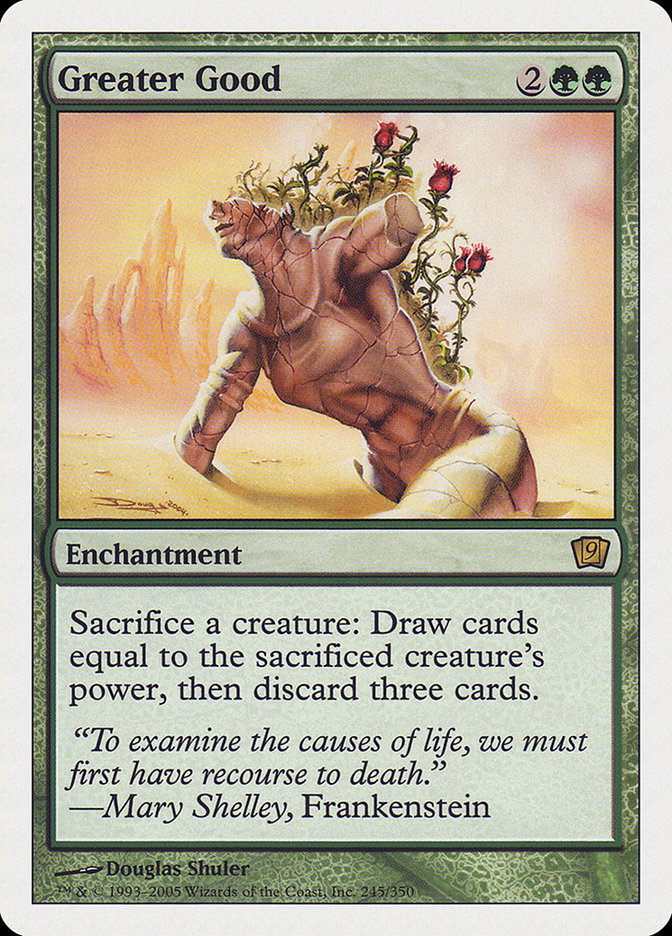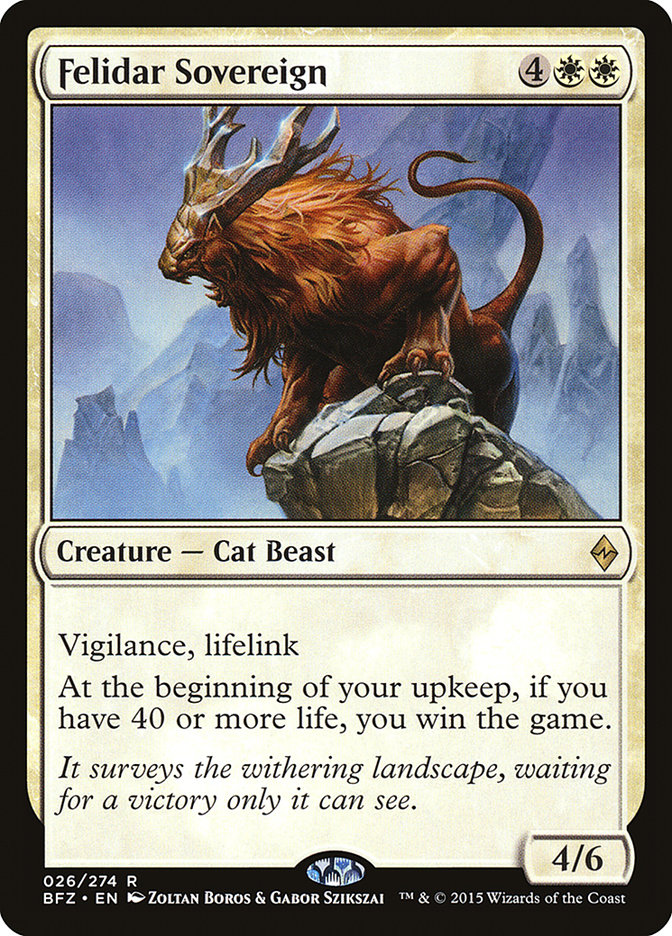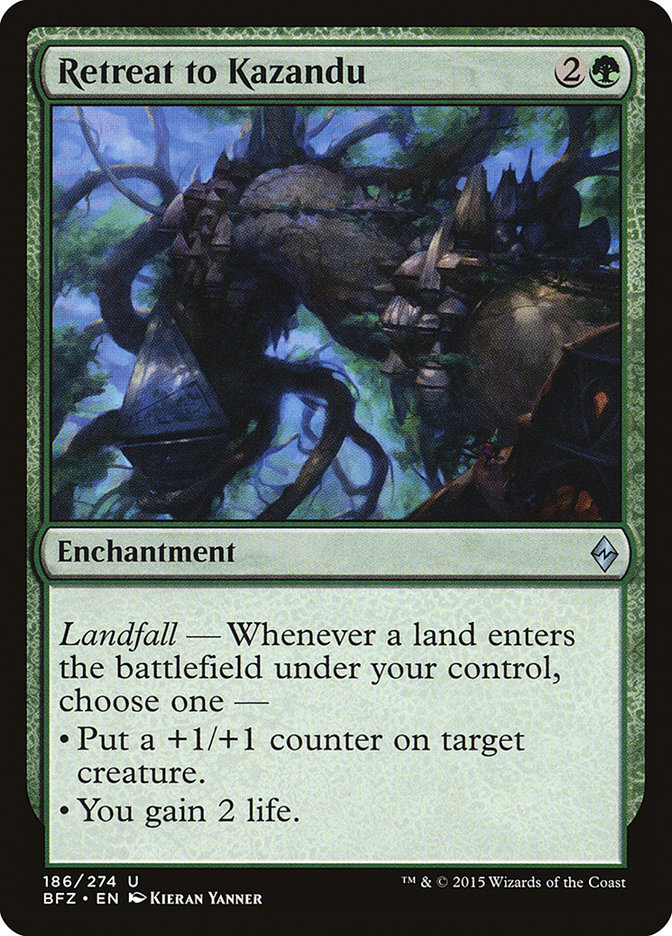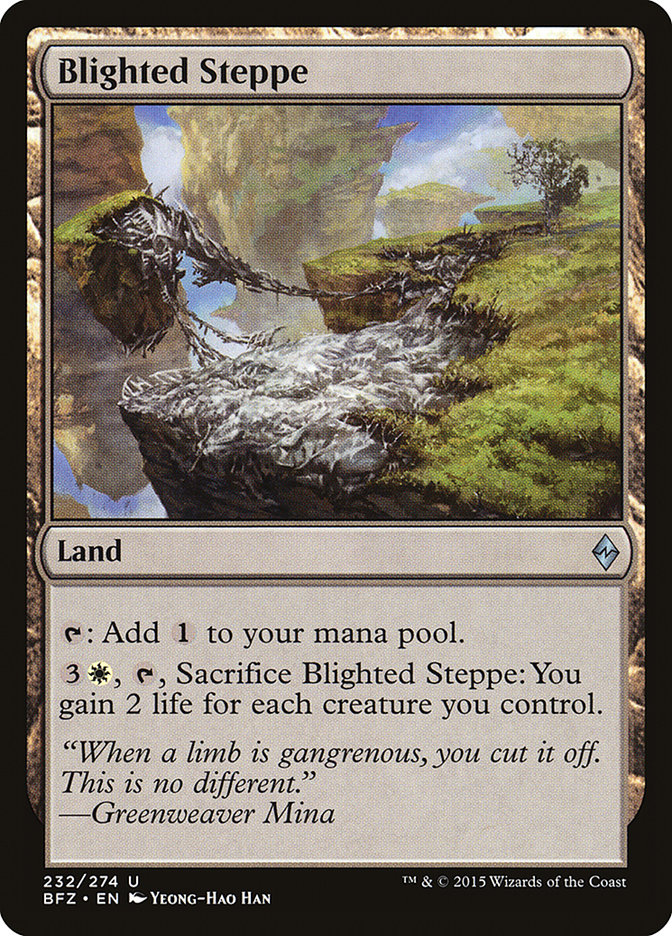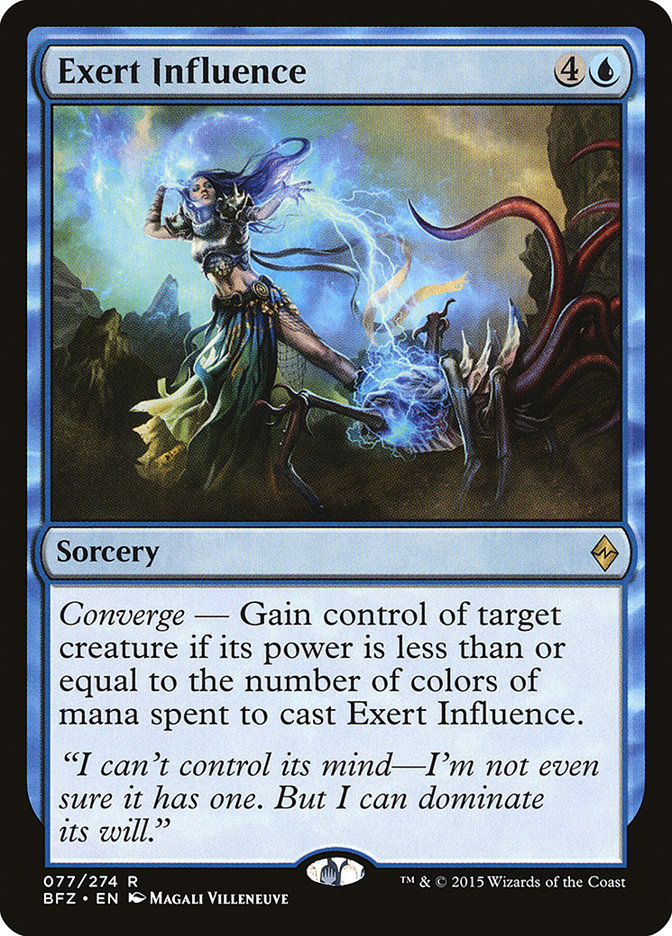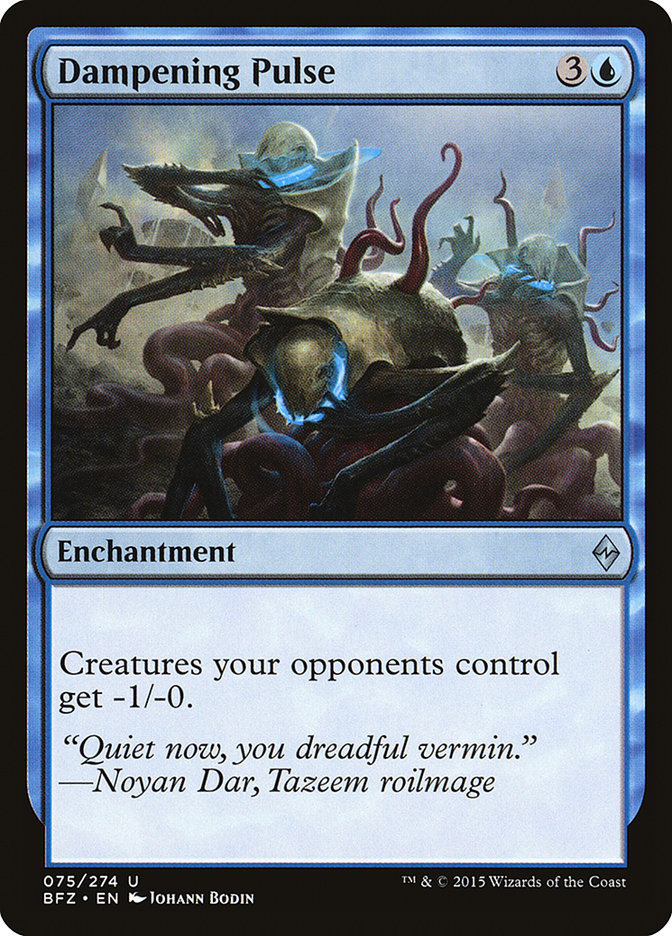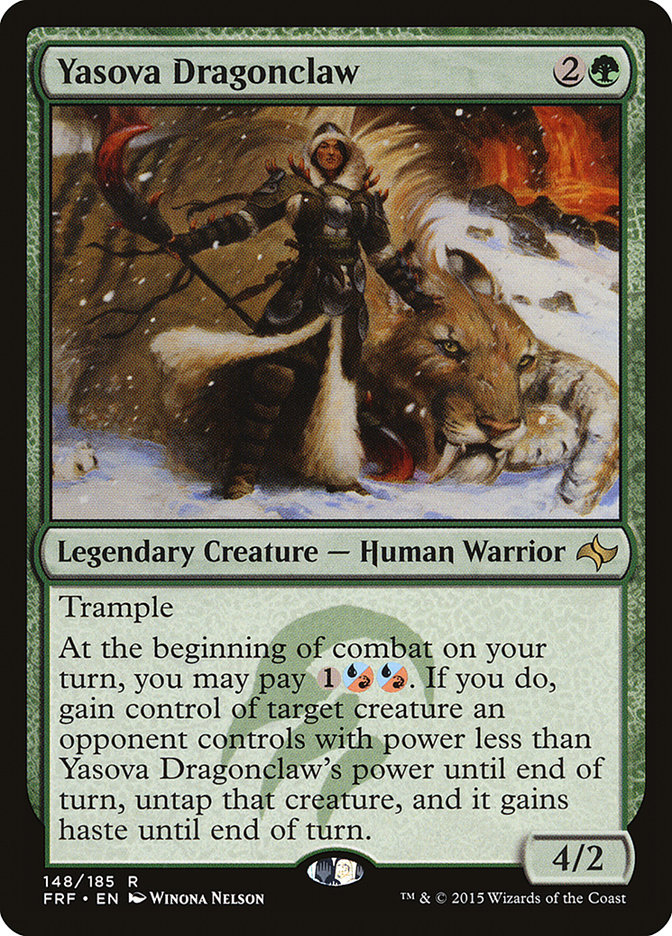The “beloved” Christmas classic Santa Claus is Coming to Town has instilled fear and dread in the hearts of children around the world for decades. It’s creepy, right? “He sees you when you’re sleeping / He knows when you’re awake”? He has a list of every man, woman, and child on Earth and is checking it twice. With seven billion names to review, that’s some hardcore quality assurance right there. Why is he checking it? To see who is naughty and nice, of course!
Far be it from us mere mortals to adjudicate the complex nature of human morality and subjective cultural and environmental factors that identify a person as “naughty” or “nice,” but apparently, the grand Judge of the world Santa Claus can make that distinction. As we know, everyone can be naughty or nice given certain circumstances. Sometimes it’s right to do something that might ostensibly appear evil. Other times it’s best to step back and allow the world to spin while you move closer to personal fulfillment. Still other times it can be acceptable to steal, manipulate, and intimidate others if the greater good is achieved, whatever the definition.
No, I’m not here to discuss Kant with you today. I’m here to discuss Magic.
Playing Magic is, from an ethical perspective, a fairly amoral activity. In the majority of circumstances, you are playing a game with a friend or like-minded opponent with the intention of doing better than that person, but not to some moral or permanently impactful end. You just want to win. Despite this amorality, there are undeniably some decks that feel “naughty” or “nice” based on the methods with which it attempts to reach this end goal. That, like most morality, has a level of subjectivity that very much comes from the eye of the beholder. Some believe control-based strategies to be naughty, while others consider aggro to be far more sinister. While these strategies and their morality will always be up for debate, today, I’d like to present two decks to you whose ethics are clear-cut.
Take note, Santa; “nice” is first!
So how do you make a “nice” deck? If we’re talking Commander, it’s pretty easy to categorize, using a particular playstyle called “group hug.” These decks give everyone resources, board advantage, or are positively aligned with every player at the table. They’re the equalizer, the arbiter, and they give of their own resources that everyone might benefit. They’re the decks that like to play “each player does X good things” effects. Everyone loves the nice player; a member of our playgroup is himself the group hug deck incarnate, always putting others’ fun and enjoyment above his own in both Magic and non-Magic environments. I’m pretty sure, if given a Commander deck full of Platinum Angel and Donate effects, he’d be happy. Heck, I was just kidding, but that sounds pretty fun to me. Note to self.
But “nice” decks don’t always in. Magic is a game of brutal removal, ruthless combat, and strategic exploitation. How can a “nice” deck win, especially in Standard?
Currently the only alternative win condition card in Standard, this is perhaps one of the more passive win conditions in recent history. Felidar Sovereign was one of the game’s first mythic creatures when it first appeared six years ago in the original Zendikar set. Continually a Commander favorite, as untapping with it without taking any damage meant an uncounterable win, the Sovereign has since been ignored following its return to Standard. As we look at the format in its current form, however, there is a considerable amount of lifegain we can leverage in creatures, lands, and spells.
Since Courser of Kruphix rotated, incidental lifegain has disappeared from most top-tier Standard decks, but with the development of the lifegain niche, more powerful and dedicated sources have emerged. Retreat to Kazandu is my favorite of the uncommon Retreat cycle of enchantments, and its ability to gain life when using a fetchland is a huge bonus, something the Courser could not claim.
A similarly ignored card from Standard, this land encourages us to play lots of small creatures to clog the board and gain large amounts of life all at once. Unlike Congregate, the land’s inspiration, it’s just a land if that’s all you need, too.
With these critical factors, how can we play the nice game and still create a profitable deck to leverage these factors?
Creatures (9)
Lands (27)
Spells (24)

Creatures
Herald of the Pantheon is one of those cards that was concurrent with its perfect set for far too little time. With Theros rotating just a couple months after the Herald was printed, there wasn’t enough time to really push the power of this cost-reducer, but there’s still plenty of great enchantments for this herald to, well, herald. Making your removal cheaper helps keep the deck as streamlined and progressive as possible, so you’ll never be a step behind. Moreover, you’re gaining life the whole time, crawling closer to that 40 life mark. One thing I really like about the Herald is its interaction with Retreat to Kazandu. Turn 2 Herald, turn 3 Retreat to Kazandu, play a fetchland and get two +1/+1 counters, attack for four. There are some games where that’ll be a relevant play, and your opponent will be forced to remove it instead of your Sovereign. Speaking of which, Felidar Sovereign is a four-of in this deck, and while that seems excessive, it is your only way to win the game. Every one they kill is another that you won’t draw, so you need a full set to keep the pressure on. A single Oblivion Sower can help you hit up to four land drops a turn, not to mention any exiled lands your opponent has delved away.
Enchantments
Retreat to Kazandu is the right price and the right balance of effects. It has play outside the Hardened Scales deck, and I think its lifegain mode is perfectly calibrated for the “nice” deck. Along those lines Retreat to Emeria provides both a generator for blockers and the Blighted Steppe creature count, but it provides a win condition out of nowhere. If your opponent’s not exactly slamming creature after creature, you can amass an army, pump it, and blast your opponent in a couple short turns. From Beyond provides three critical things: creatures, mana, and access to win conditions. Awakening Zone was a great card in the mono-green Eldrazi builds of 2010, and this, for one more mana, has the advantage of creating creatures that have power and the ability to search for Eldrazi all on its own. With Herald, you can curve into it just like Awakening Zone, too.
Silkwrap and Stasis Snare have both proved to be powerful removal spells, and with Herald, each is surprisingly cheap. Silkwrap can just become Path to Exile, and Stasis Snare becomes a Celestial Flare with a vengeance. While Dromoka’s Command presents a problem, there are so many enchantments on your side of the table that this shouldn’t be a large issue. If anything else, they just buy you time. Evolutionary Leap helps you turn one of your 1/1 blocking tokens into an honest-to-goodness creature. While you’ll hit a Herald fairly often, there’s also a good chance you’ll put your hands on the Felidar Sovereign you need to win the game.
Spells
Just three instants and a sorcery make up the one-time-use category of this deck. Secure the Wastes helps you leverage the end step if Stasis Snare remains idle in your hand, and thanks to the amount of ramp in this deck and the absence of Bile Blight, making lots of tokens at instant speed is pretty powerful. Nissa’s Renewal plays along both the landfall and lifegain theme, providing the potential to gain thirteen life off one spell, putting you close to in-range for Felidar Sovereign to win you the game. I also enjoy the line of turn 4 Retreat to Emeria, turn 5 Secure the Wastes where X is four, turn 6, play a land, cast Nissa’s Renewal to give your 1/1s +4/+4 and win the game. Surprise!
Lands
With the seven landfall enchantments, we need lots of trigger opportunities. With the lifegain present throughout the deck, the activation cost will be quickly negated. This is a pure deck, so despite the fact we have access to four colors, we’ll only use two to keep things straightforward. Four Blighted Steppes will provide lots of opportunities to gain life if the game goes inevitably long while you try to get to get to 40 life. We’ll find and draw a large amount of lands, but that’s probably fine when our win condition is a six-drop.
Sideboard
Jaddi Offshoot is both on-theme and an effective roadblock for R/G aggro decks. Quarantine Field is great for those midrange battles where you need multiple things to die with one card, and Herald of the Pantheon does reduce the cost, meaning that on turn 3 you can cast it just like Oblivion Ring. Mastery of the Unseen has the advantage of giving you a threat to pump with Retreat to Emeria, and it has a nice lifegain clause if you flip one of the deck’s few creatures. Three more Oblivion Sower helps you go the long game with a solid body and lots of landfall potential. On that note, they and the single copy of Ulamog, the Ceaseless Hunger, can be tutored with the playset of From Beyond. Citadel Siege has been another card I’ve been happy with, and it gets pretty good as your opponent draws more and more gas each turn.
While soft to things like Atarka’s Command and Infinite Obliteration, the “nice” deck provides a straightforward plan to victory.
So we were talking about naughty or nice…If you’re naughty, chances are, you breezed past the “nice” deck, muttered “bored!” and fished for the start of the second deck.
Being a “naughty” deck isn’t just about crushing your opponent’s hopes and dreams, it’s about stealing them.
This Control Magic variant is not nearly as universal or as efficient, but it cannot be removed. Having a Persuasion get hit with a Demystify is a little awkward, after all. Converge provides a bit of a stumbling block, meaning that we cannot do much unless we’re all five colors, right?
Well, maybe not.
Dampening Pulse, along with previous iterations like Cumber Stone and Haunter of Nightveil, reduce the power of your creatures your opponents control. This makes Exert Influence more…influential. Once your opponent is no longer under your opponent’s control, they’ll be at full strength. Reducing a creature’s power means they’re also less threatening when they’re attacking or blocking.
Reducing the power of your opponent’s creatures helps Yasova’s Act of Treason effect become more far-reaching, too, meaning you can attack more furiously and safely.
Temur has gotten a bum rap for most of its presence in Standard, but I think it needs to turn to its naughtier side. If you can’t have good creatures, steal them.
Creatures (20)
Lands (24)
Spells (16)
Sideboard

Creatures
Eight mana creatures help you get going faster than your opponent while also providing a real possibility of hitting cards like Dampening Pulse a turn earlier. Against aggressive decks, getting something online that reduces their power or slows the assault means you can assemble your crew of stolen creatures at a leisurely pace. Also, their two power will mean more when your opponent’s tokens and smaller creatures can’t trade when their power is reduced. From there, we have Jace, Vryn’s Prodigy. For many players, having Jace in your list will make it a “naughty” deck all by itself. Here, he can filter your draw like always, but once he’s flipped, all of his abilities work well with the deck. He can reduce your opponent’s largest creature to steal-ready size (though Jace’s -2/-0 will hang around until the next turn, regardless of control.) His Flashback ability can be used to cast a spell; you can Exert Influence again, taking command of another creature. Yasova is a legendary four-of; unfortunately, she dies easily, but she is a three-mana, four-power creature, and you can discard extras with Jace. Savage Knucleblade, while not immediately on-theme, is the primary reason to run Temur and is a reliable way to activate ferocious.
Enchantments
With eight mana creatures, the possibility of a turn 3 Dampening Pulse is too attractive; moreover, they work very well in multiples, so a set is called for. Temur Ascendancy has multiple benefits. It can draw a card for any of your bigger creatures, and haste on either of them is good, especially Yasova, who can then attack and steal a target right away. The haste is also relevant for two other creatures: Jace, and those you steal with Exert Influence. Exert Influence can provide your newly stolen creature haste, meaning it’s ready right away (assuming it’s untapped). Jace can tap as soon as he enters and flip, providing an honest-to-goodness Snapcaster Mage in Standard.
Spells
Exert Influence, especially with ramp, is easily attainable, so I feel fine with four. Stubborn Denial is also a bit naughty; you shouldn’t be able to hard counter a spell for just one mana without a disadvantage. With easy-to-make and easy-to-steal four-power creatures, the Denial will Deny removal and planeswalkers consistently. Mob Rule, perhaps the most hilarious use for Dampening Pulse, provides a game-changing shift. Your opponent’s got an army of Siege Rhinos and you have a Dampening Pulse. Cast Mob Rule naming creatures three power or less, untap, and crush them. I like the single Become Immense in Temur decks; sometimes, you sneak a four-power creature through and you’d kind of rather it be ten power.
Nothing special on the lands, so straight to the sideboard!
Sideboard
Sometimes their creatures aren’t big enough to be worth stealing. When that’s the case, Radiant Flames can sweep them all away. Hold your own mana creatures in hand for the first wave, as neither helps except to fix color, and then light ’em up! Woodland Wanderer is another sizable creature that Temur decks should want, and with a small amount of white in the deck, you can achieve maximum convergence. Fiery Impulse, while not terribly exciting, is a good workhorse these days, keeping those little boogers in check efficiently. Monastery Siege might seem weird, but this deck is very susceptible to removal. The Dragons mode offers nice protection while offering the blowing a big old raspberry, just like a “naughty” deck should.
So which deck is more your style? As you the cherubic player that prefers friendship and unity when they play Magic? Or are your machinations more sinister and predatory? Look within yourself this holiday season: Are you naughty or nice?

